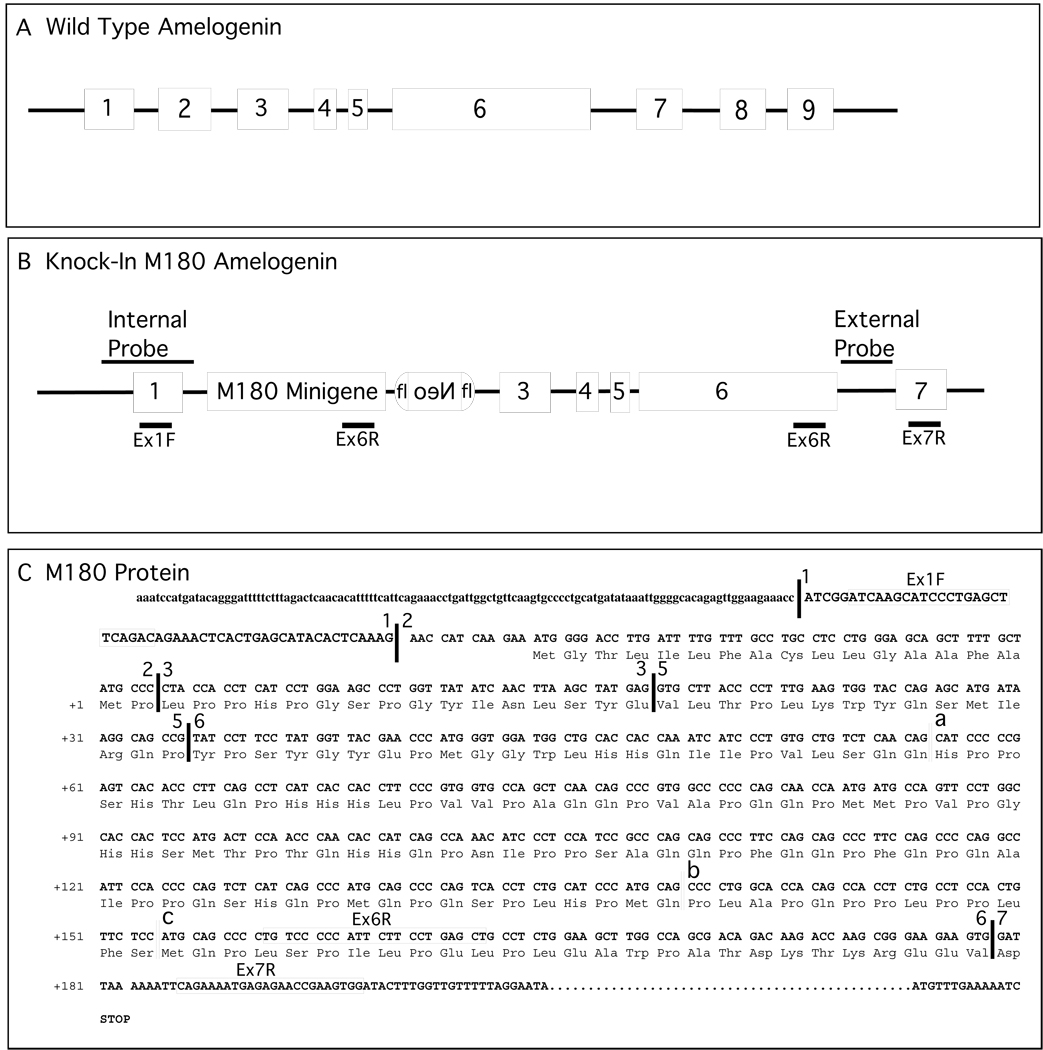Figure 1. Physical map of the amelogenin locus, the knock in targeting construct and the M180 minigene.
Panel A. The map depicts the X-chromosomal amelogenin wild type parental state.
Panel B. Exon 2 is replaced by a minigene corresponding to M180. The minigene and the reverse oriented Neo cassette serves to restrict the alternative splice products produced. The physical positions for the “internal” or “external” DNA hybridization probes used to screen ES cells and founder animals are shown.
Panel C. Nucleotide and amino acid sequence for the M180 minigene. The nucleotide sequence of the DNA upstream of exon 1 and downstream of exon 7 are shown with non-coding nucleotides in lower case and coding nucleotides in upper case. The corresponding amino acid sequence for the mouse 180 amino acid amelogenin is shown using the three-letter amino acid code. The primers used for analysis of alternatively spliced RNA are labeled and enclosed by boxes.
Symbols: fl, floxed locus; Neo, reverse orientation neomycin gene used for selection; Ex1f, Ex6R, Ex7R, primer positions, with the sequence for each primer shown in panel C.

